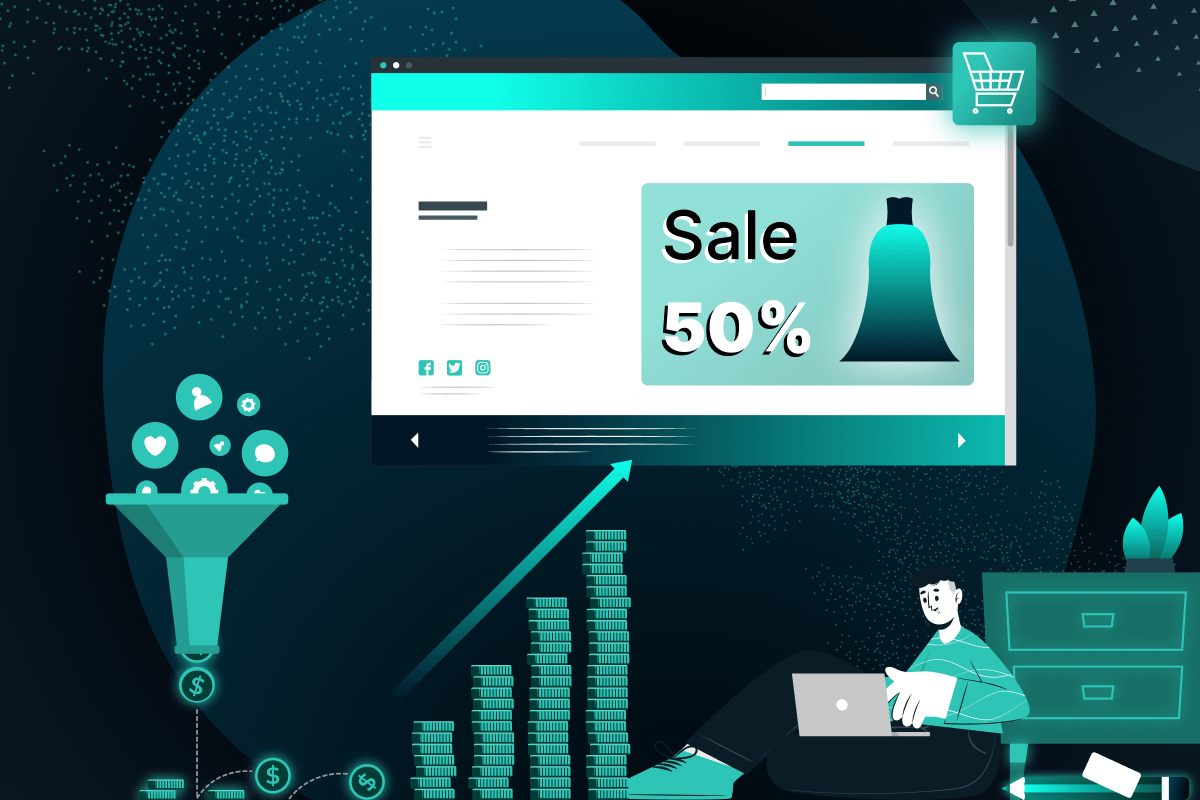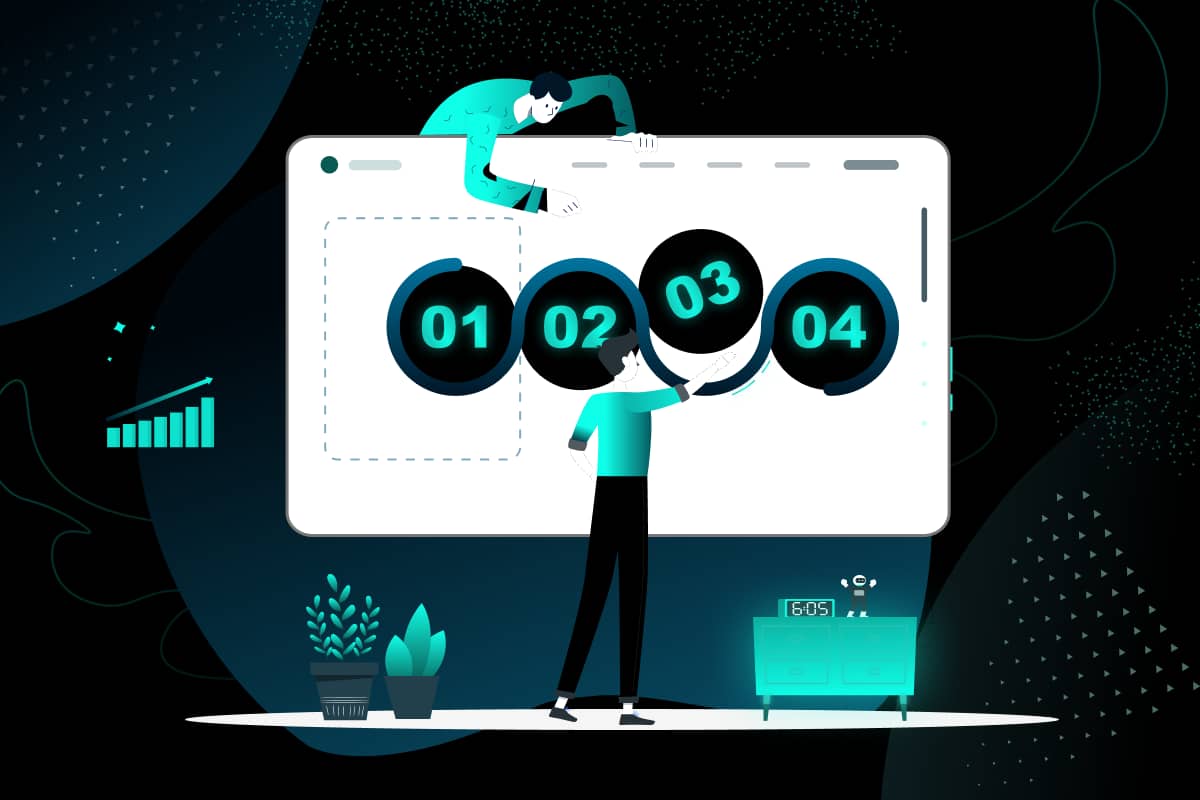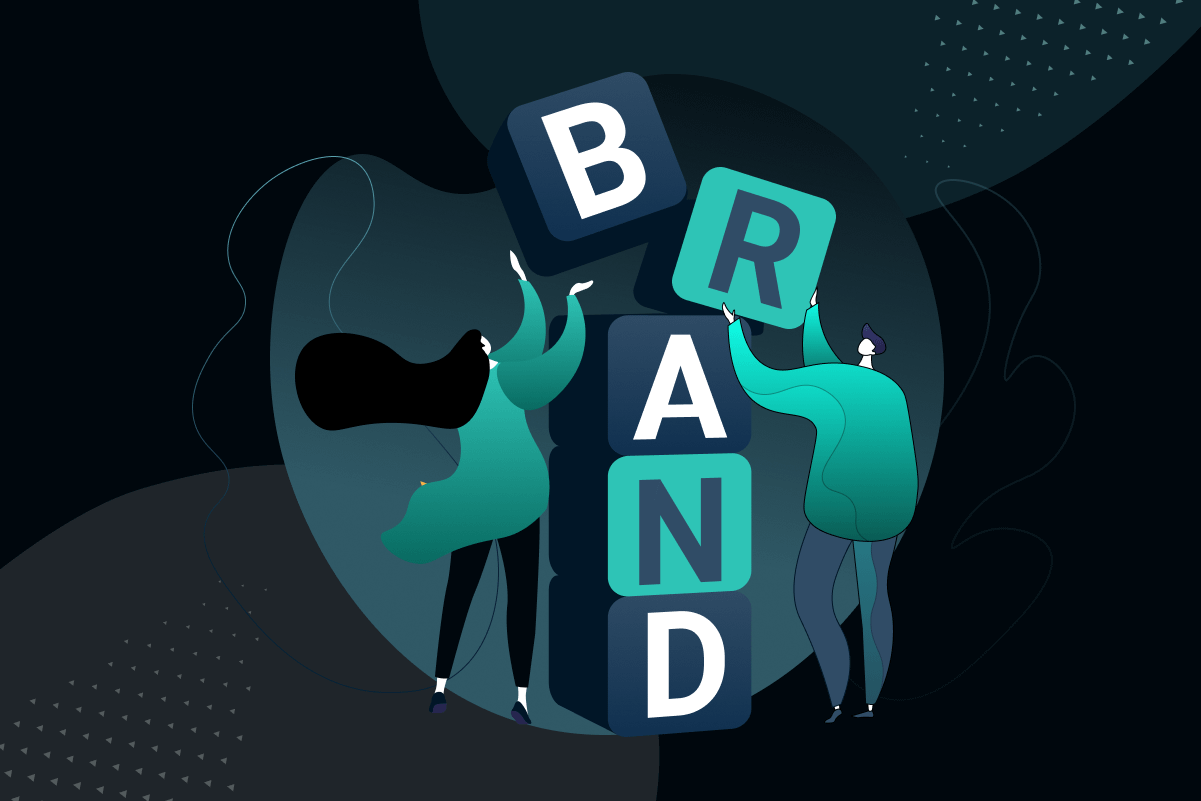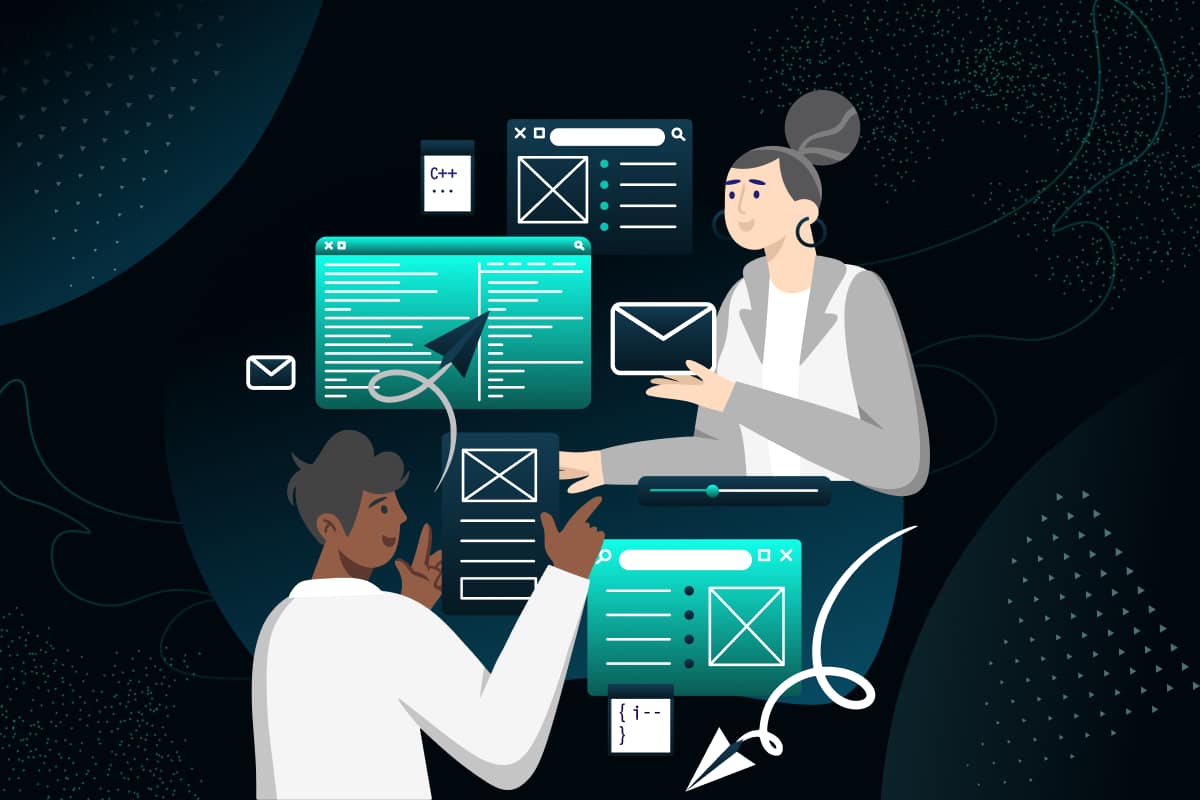Did you know that UX design is considered the foundation of any website? User experience design refers to the process of improving a website’s usability, efficiency, and accessibility (UX). A good UX design encompasses much more than an easy user flow and an eye-catching layout. A great User Experience will instantly improve the users’ browsing experience. This, in turn, will result in increased traffic and maximum conversion rates.
How is UX Design linked to conversion rate?
The UX design of the website is closely related to the conversion rate- The conversion rate is directly proportional to the website’s UX design. Enhancing your User Experience will result in maximum conversion rates generating more traffic, leads, purchases, and brand advocates.
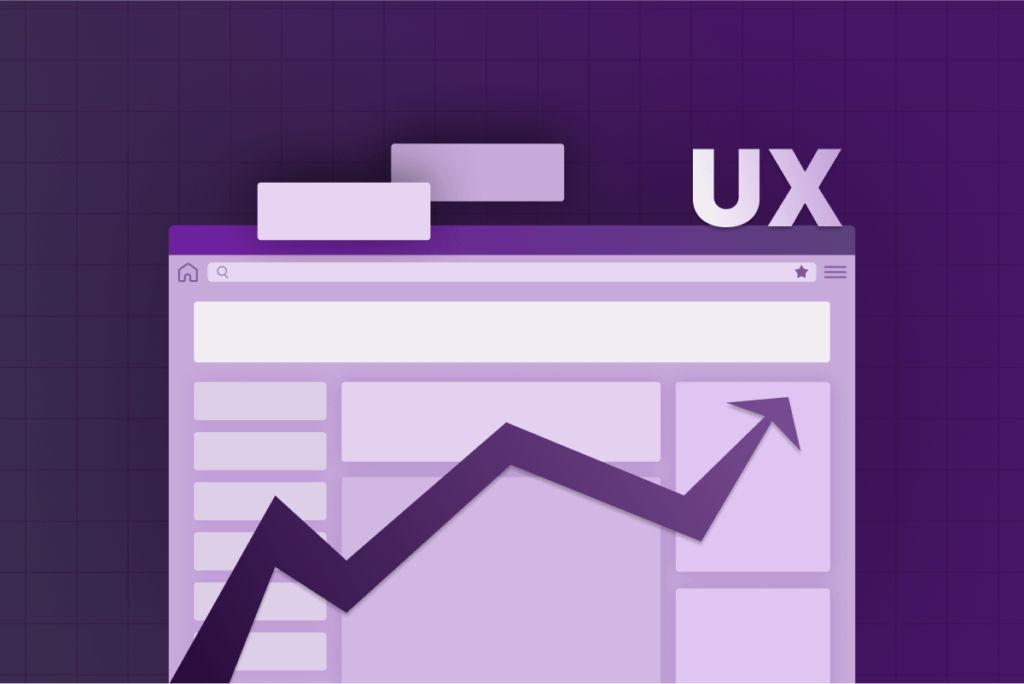
Since the conversion rates of a website affect its success or failure, firms place a high value on hiring the top UX agencies or designers to provide the best digital transformation solutions.
An effective UX design includes much more than a clear user flow and an eye-catching look. A fantastic user experience will immediately boost online browsing. As a result, traffic and conversion rates will grow.
Clarity and ease of use = conversions
Even though simplicity is an important component in web design, remember that your end goals are ease of use and lead conversions. Both user experience and conversion rate optimization depend on this. Strive for clarity and usability whenever possible.
Enhance Web UX Design with these tips and achieve maximum conversion rates
Here are some primary UX design recommendations and upgrades that will have a significant impact on your website’s conversion rates:
Improving your above-the-fold area design is important
Popular estimates reveal that 66% of user time is spent below the fold. Similar findings discovered that scrollbars were used on 76% of all web pages. Consumers will only read the stuff below the fold if they find the content above the fold intriguing enough. Even still, as this eye-tracking study by Jakob Nielsen illustrates, the majority of a user’s time is spent above the fold:
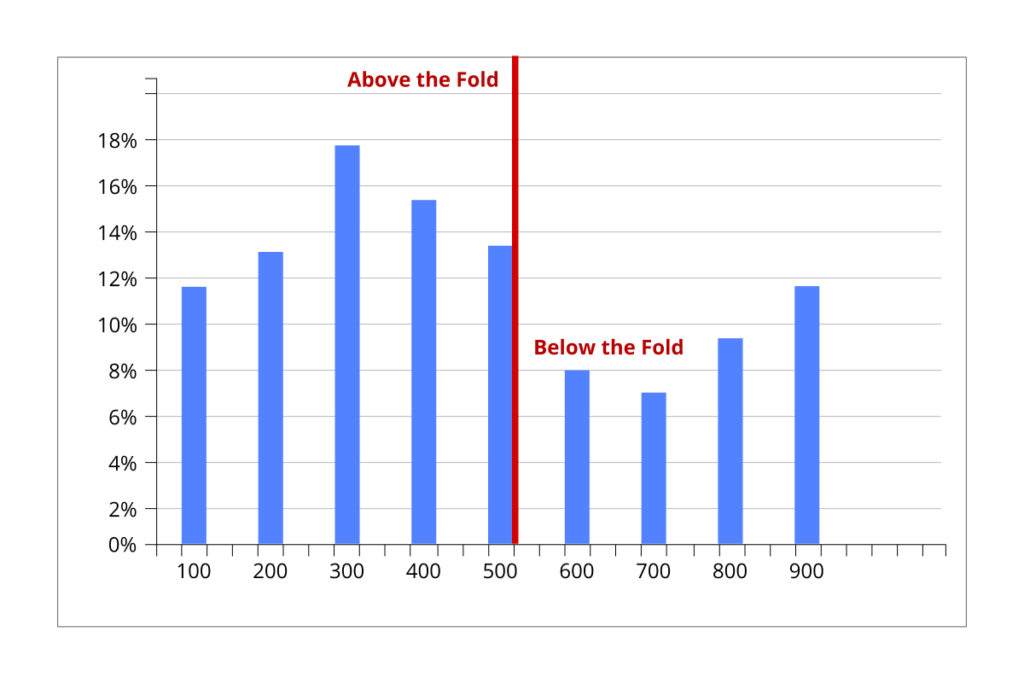
CSS icon fonts are better than images
If you use icons on your site (which, given current design trends, you almost certainly do), replacing icon images with icon fonts can substantially influence performance. How? For two reasons:
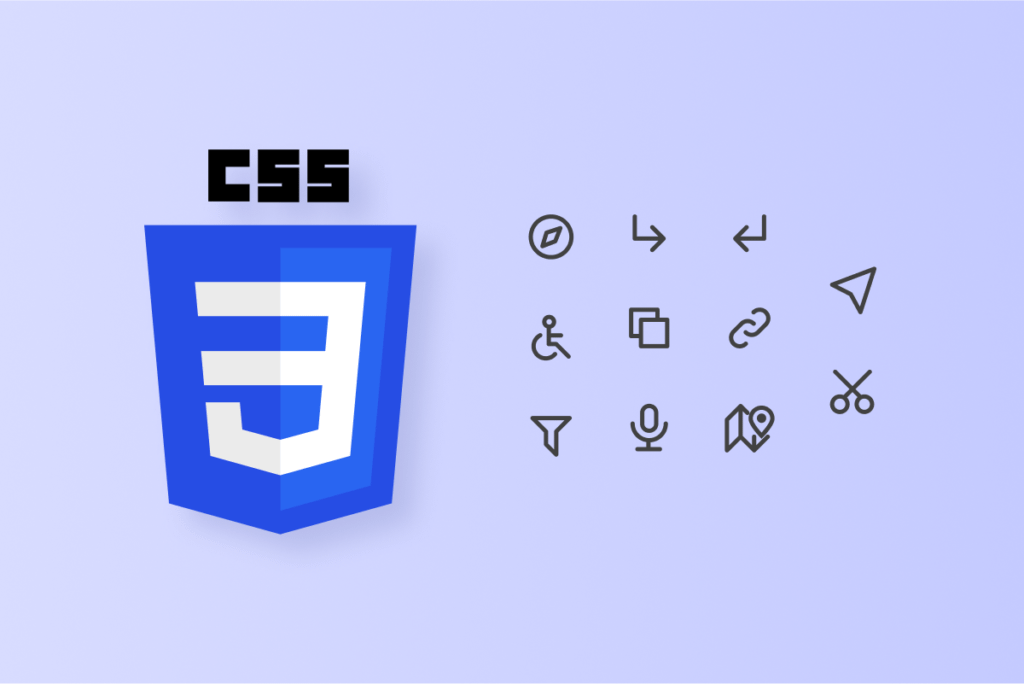
Vector graphics are used in icon fonts, whereas raster graphics are used in images. The former is more compact in terms of bytes. Icon fonts are combined into a single file, reducing HTTP requests. PicTonic, a top icon font-generating website, claims that employing icon fonts instead of icon images can save website load time by 14%.
It’s best to use genuinely authentic images
Images automatically improve any webpage and boost the attractiveness of the text. Yet, the style of image you choose may influence how effectively or poorly the website is constructed overall.
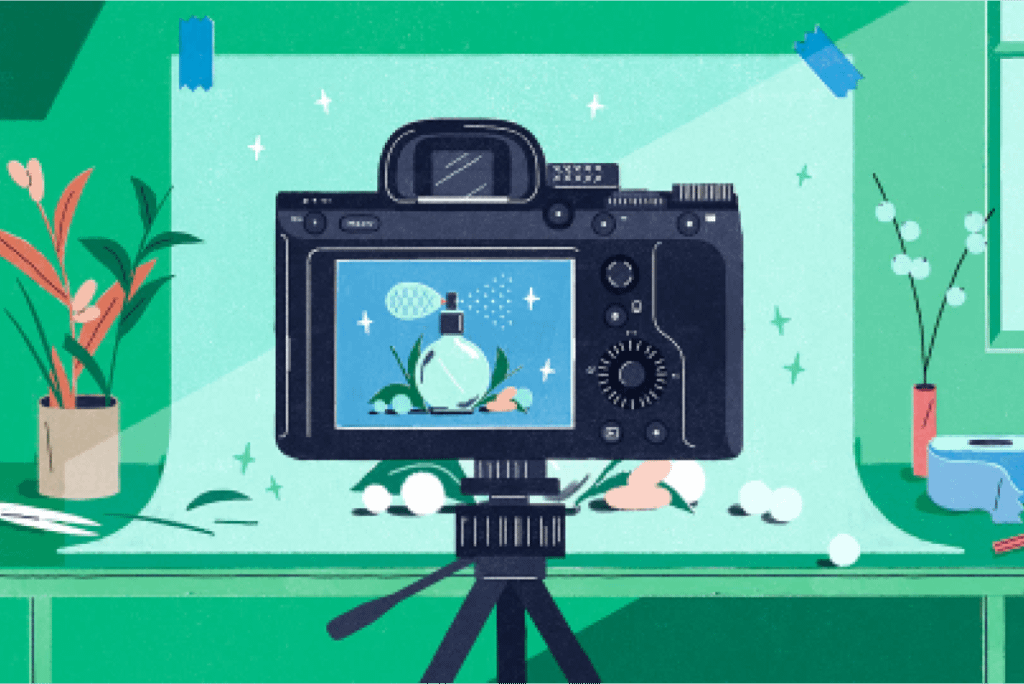
Use genuine photos. Stock photography is not the best solution. They may appear professional, but viewers/consumers tend to lose interest because the images may be overdone and lack distinction.
Videos on landing pages are a good idea
According to research on both frontend and backend UX designs, landing pages containing videos have the potential to increase conversion rates considerably. Conversions occur when a page effectively communicates its value proposition while quietly nudging users or clients to complete the page’s aim.
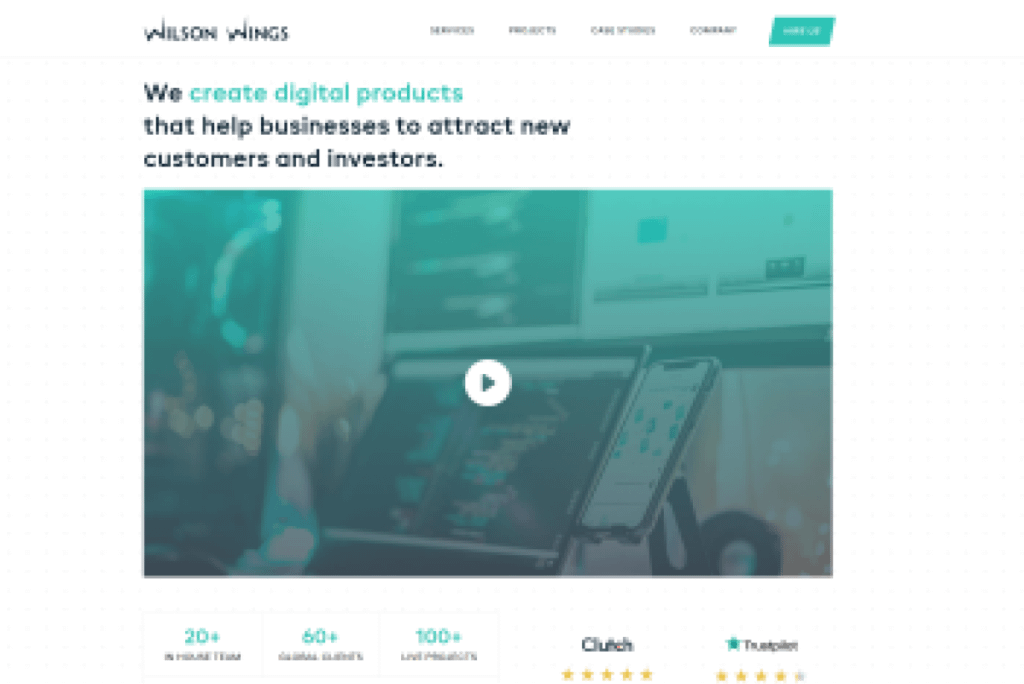
What is the takeaway? As visual beings, leads prefer video to text. As a result, the brand and users benefit from the improved aesthetic appeal of services.
Modify the page content with animation.
Another strategy for retaining people is to modify the page content through animation. For example, you can interchange images on your homepage’s displays. The changeover is graphically highlighted, indicating that the page content is constantly changing, revving up more curiosity in viewers.
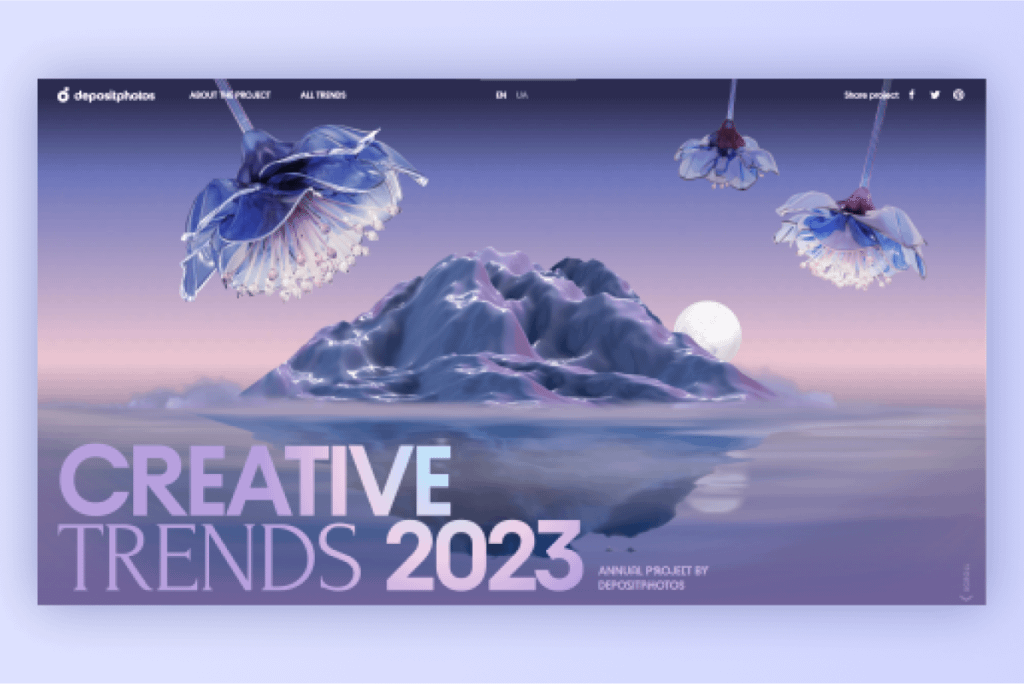
This is an excellent approach to demonstrate your company concept to customers and keep them engaged in what you have to offer.
The CTA placement matters
Conversions and user experience suffer when CTAs are hard to detect, read, or click. The UX term “the fold” refers to the fictional line that separates what visitors can see on a website without scrolling down from what they can only see after scrolling down.
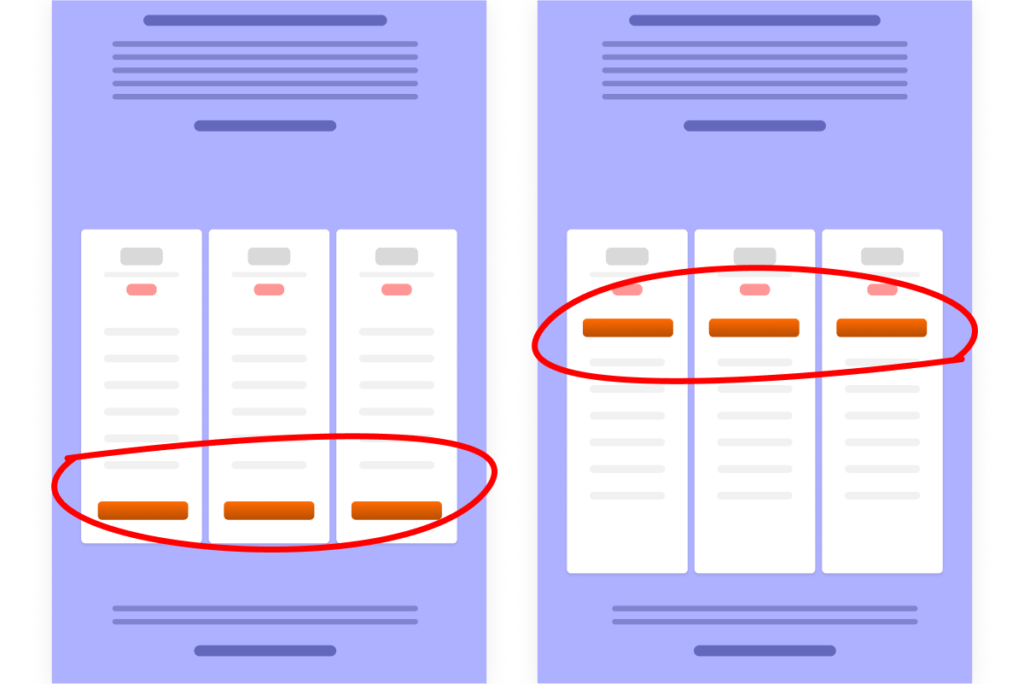
According to UX experts and top UX agencies, the information above the fold is 84% more likely to be noticed than anything below it.
The website’s readability should be precise and clear
The legibility of your website is a frequently overlooked aspect of user experience. Is it necessary for users to read reviews? Do they want to watch a video? Should they be directed straight to the CTA? They won’t know what to do if your stuff isn’t easy to read.
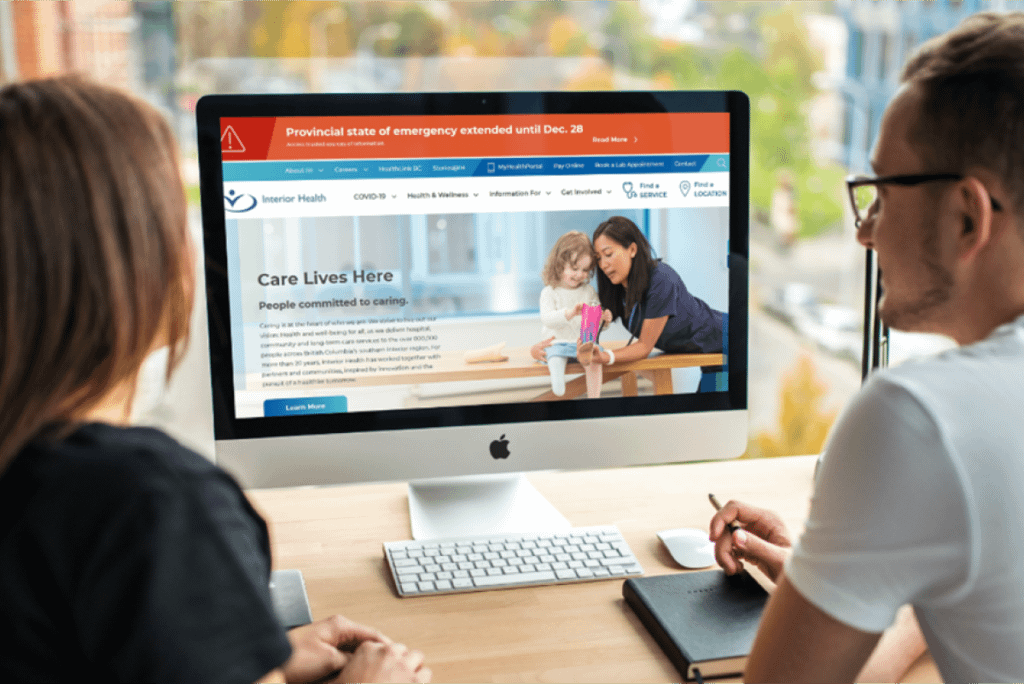
Given their short attention spans, it is critical that the text they do read is straightforward to understand. Top UX agencies and designers are well aware of this key point.
Pay attention to your website’s load-time

Users will lose patience and finally abandon your page if it takes too long to load. It is necessary for the website to be optimized for both desktop and mobile users. Top UX frontend and backend layouts are always carefully designed with loading speed in mind.
Detect and deal with 404 errors
When users browse or search, they usually expect to find the exact page they’re looking for. However, if they get hit with 404 errors, it could result in them losing interest instantly. In any case, such errors can potentially drive users away from your website. So, how to deal with 404 errors, which are unavoidable at times?
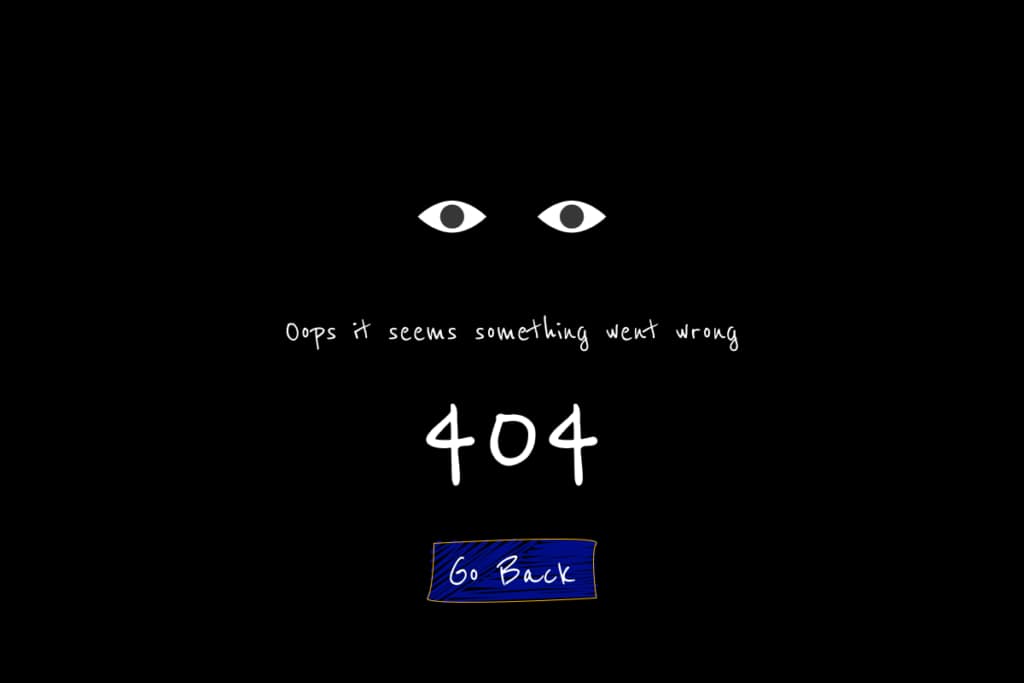
The initial objective is to determine which queries are returning 404 errors so that they can be addressed as soon as possible. Instead of allowing your site to proceed to the standard “404 error: page cannot be displayed” page, personalize the error messages so that users find them inviting and engaging. Any top UX agency will employ this strategy- Customize the error message by changing the text, font, designing the visual appearance, etc., to retain users.
Use pleasant, amusing, and intriguing images on the error page to minimize the user’s annoyance. Make it clear to customers that despite these roadblocks, they can still have a peaceful and easy-going browsing experience.
Make your website’s navigation friction-free
All landing pages and the majority of websites have the same goal: to persuade visitors to convert. When a landing page contains excessive navigational links that take readers away from the page, it becomes a serious issue that can harm conversion rates.

What is the solution? Of course, declutter the page! Everything makes perfect sense from the standpoint of UX: When you remove distractions from a website, your users aren’t bombarded with contradictory options to choose from.
Key Tip- Remember to always conduct User-Testing
User testing enables you to collect input from actual users and learn how they engage with your website. This will help you identify any issues or places for development in the UX design. Make the appropriate modifications based on the input to improve the overall user experience. A top UX agency or designer always conducts user testing before the final completed design is launched.
What’s the takeaway?
Your website’s UX design is critical. If you believe that all of your marketing strategies are in order, but you are still not receiving conversions, it is time to reconsider your UX design.
The aforementioned essential tips can be interpreted accordingly. You can try out different design elements to see which ones work best for you. We also recommend that you apply top UX design strategies by collaborating with a seasoned company that offers UX frontend and backend transformation solutions to improve your user experience and, eventually, increase brand conversion rates.
Providing users with relevant information is only one part of a positive user experience. It entails communicating crucial information in an entertaining and enticing manner. It doesn’t matter how good your service or product is if you can’t get clients’ attention.
Spend time and effort on a visually appealing website design. Your attention to detail and attempts to improve the user experience on your website will increase traffic and conversion rates. A web development business such as Wilson Wings can quickly assess your website and make it more conversion-friendly. Our web designers aim to create the most user-friendly interfaces possible in order to encourage users to explore further and to provide a seamless, rewarding experience.
Check out our UI/UX design service page to know more about how we can make you the best user-interface.
When it comes to creating a website that converts visitors, we believe no design element is too little. Icons, photos, text links, page load time, colours, and typefaces all contribute to retaining visitors and increasing conversion rates.
Let’s work together to build a fantastic user experience for your website to increase traffic and leads that result in maximum conversion rates.
You can also check out our 9 UX strategies to increase customer loyalty, and more of our blogs for more info on a variety of topics that may interest you. You can also get in touch with us if you’re ready for an incredible shift with a better user experience in UX design!

